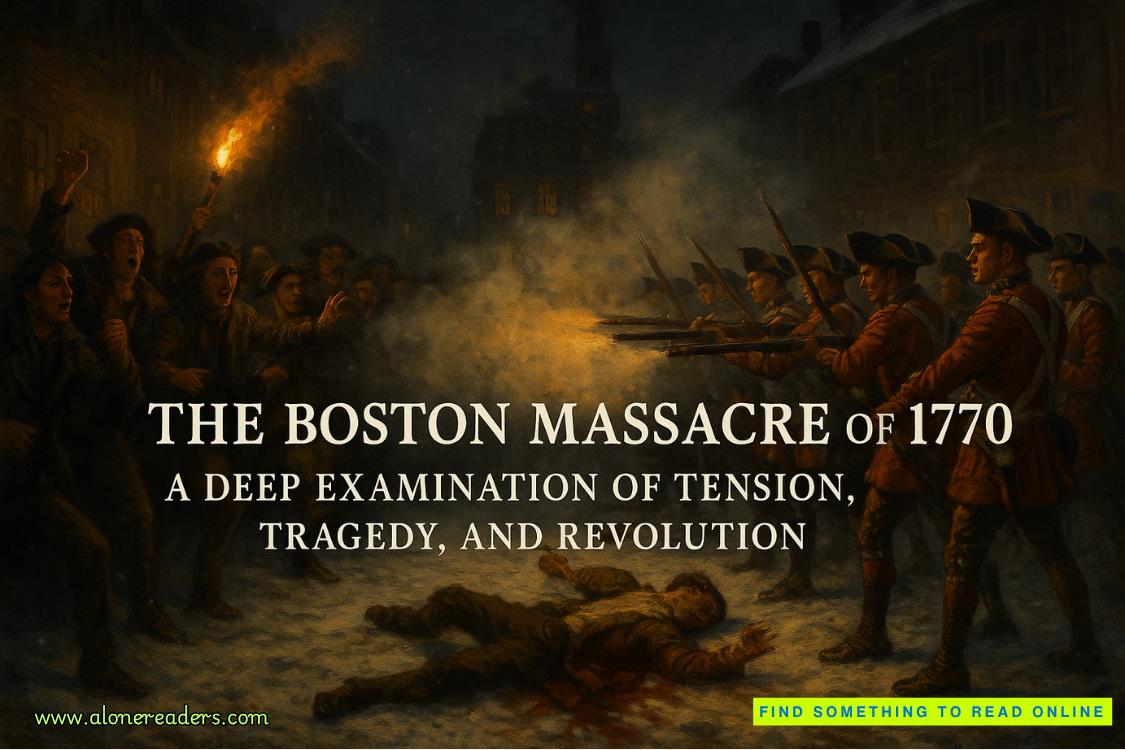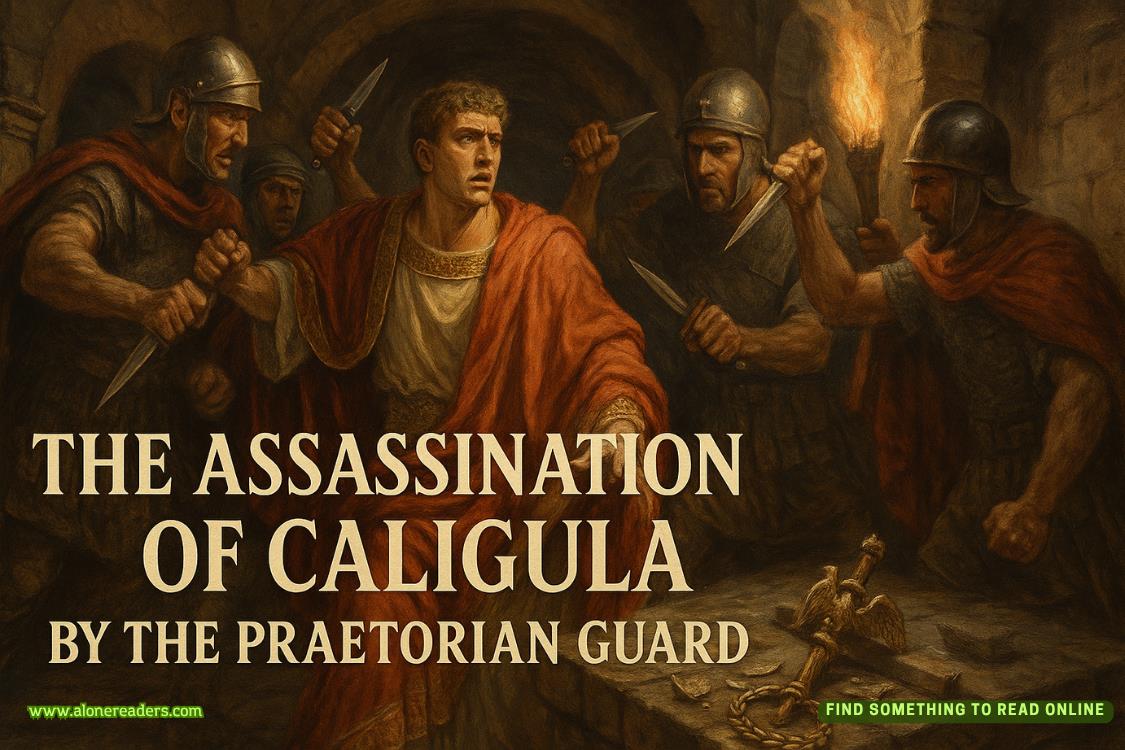Page 25 of If You're Reading This
Even though it was April, Morgan would have had a fire going—because she liked the ambience of the flames. Her house would smell like one of the essential oil soy candles she liked to keep lit—lavender was her favorite scent. She said the smell was soothing.
He stepped inside again and glanced around, making sure nothing had changed.
It hadn’t.
Guilt filled him as he walked toward her bedroom.
He’d told himself he’d only do this as a last resort.
But this was what he considered his last resort.
He went to her nightstand and picked up the leather-bound journal.
Could there be answers on these pages? Something that would indicate what had happened to her?
Logan knew there was a good chance the answer was yes.
He lifted a quick prayer that he was doing the right thing.
Then he opened the journal.
The first line he read was, “If you’re reading this . . .”
CHAPTER
TEN
JANUARY 12, THIS YEAR
Morgan Riley saton her couch, her legs curled beneath her, and stared at the flames crackling in her fireplace.
She’d just gotten home from her most challenging project yet. She’d been documenting the phenomenon locals called “ice music.”
During the deepest cold of Alaska’s winter, when temperatures plunged below 30°F, the frozen rivers and lakes of the interior created an acoustic wonderland few had properly captured.
Morgan spent weeks tracking these ethereal sounds—the haunting pings of shifting ice plates, the deep resonant booms echoing across frozen expanses, and the delicate tinkling of frost-coated branches in the wind.
Her project combined time-lapsed photography of the ice formations with audio recordings, revealing how the landscape itself became an instrument during these extreme cold snaps.National Geographichad commissioned the work and would feature it on TV, and parts of it would be highlighted in an article in their magazine.
Working in the brief four hours of winter daylight, she’d captured the crystalline quality of January light as it transformed ordinary ice into sapphire cathedrals.
The series—which she’d titled “Frozen Resonance”—showcased nature’s stark beauty in the most unforgiving conditions. Each image had revealed something both scientific and deeply spiritual about Alaska’s winter soul.
There was nothing she loved more than traveling and seeing new places, capturing the juxtaposition of beauty and pain.
Because, in so many ways, she felt that was what her life had been.
Beautifully painful and painfully beautiful.
Her journey into that truth had started five years ago when her brother had died. Before that, she’d been a photojournalist, taking pictures for whatever publication was willing to pay. But she’d always wanted to venture out on her own, to take photos of the things she cared about.
Her brother’s death had pushed her to do so. She’d realized just how short life was.
Her throat swelled at the thought of her brother.
She’d been told by authorities that her brother died during an “incident” connected to the Iron Brotherhood biker gang. She’d known he’d become involved with the gang. She’d begged him to get out.
He hadn’t listened. He’d always had to learn his lessons the hard way.















